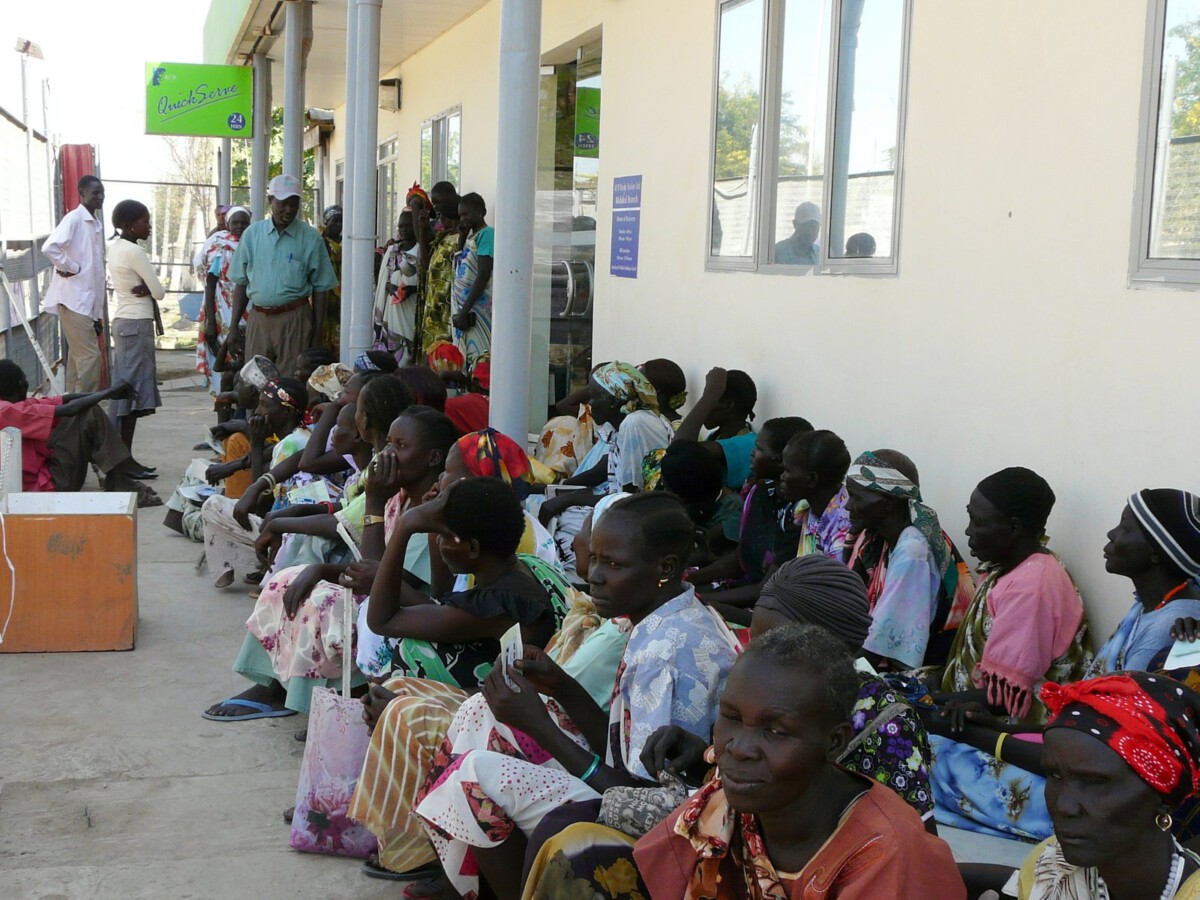The Scale of Alaska’s Digital Divide
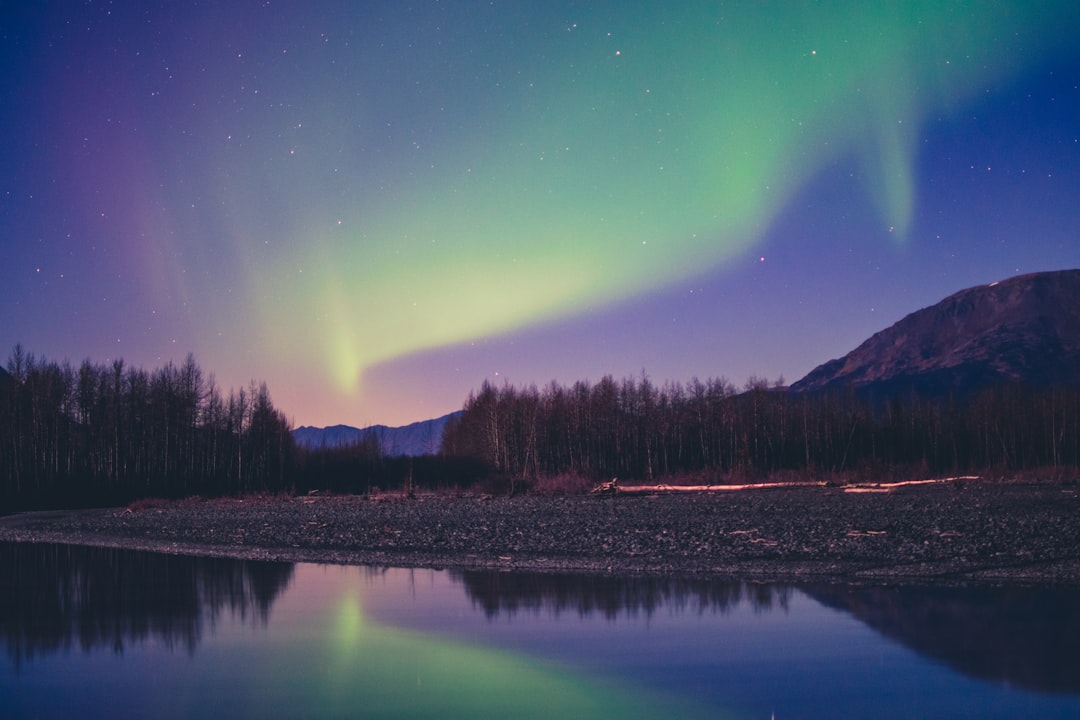
Alaska’s remote villages have been stuck in a digital dark age for decades, but that’s finally changing. Around 60,000 Alaskans lack broadband access entirely, while 200,000 Alaskans have limited access to broadband that is often too slow to handle basic online activities. This isn’t just about slow internet – it’s about survival in the modern world. “In the villages, I would say that most homes do not have internet, and the primary access for internet would be through the school,” explains Ana Hoffman, president and CEO of Bethel Native Corporation. The numbers tell a sobering story of inequality across America’s largest state. Roughly three in ten Alaska residents are not able to purchase an internet plan of at least 25Mbps download and 3Mbps upload.
Federal Funding Reaches Historic Levels
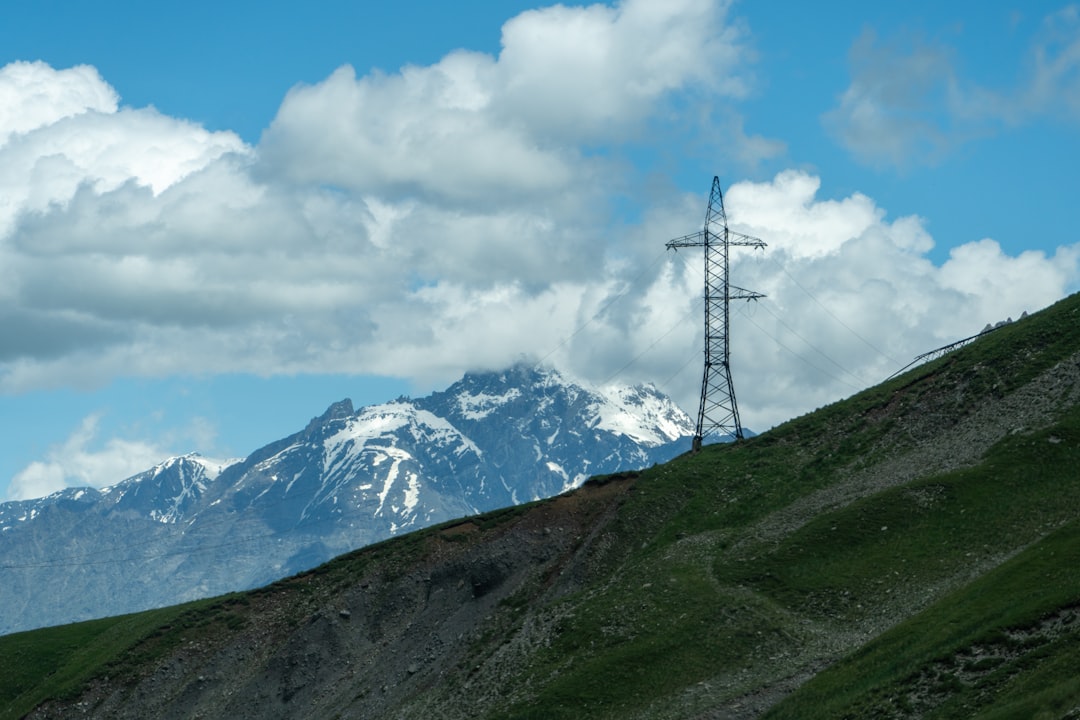
As of December 2023, over $400 million has been awarded to Alaskan Tribes through NTIA’s Tribal Broadband Connectivity Program (TBCP), marking the largest federal investment in Alaska’s digital infrastructure ever. The Biden administration has thrown serious money at this problem, with Alaska receiving over $1.3 billion for broadband made possible by the bipartisan infrastructure law. This includes the massive BEAD program, a $42.45 billion federal grant program authorized by President Biden’s Bipartisan Infrastructure Law. These aren’t just numbers on paper – they represent a fundamental shift in how America views rural connectivity. “Through our work the ReConnect and BEAD programs, Alaskans in rural communities will have better access to telehealth services, education opportunities,” Senator Lisa Murkowski emphasized.
Starlink Transforms Rural Connectivity

Since late last year when Starlink internet became available in Alaska, thousands of residents have signed up at a pace that’s exceeding expectations, creating a technological revolution in remote areas. The impact has been immediate and dramatic. The Kuskokwim Corp. in recent months began purchasing Starlink systems for 450 shareholder households, many in the region, covering the $600 terminal cost while families pay $90 monthly. This satellite technology is filling gaps that fiber cables can’t reach quickly enough. Families pay the $90 monthly bill, which may seem expensive but represents affordable connectivity for villages that previously had no options.
Alaska Native Villages Get Priority Treatment
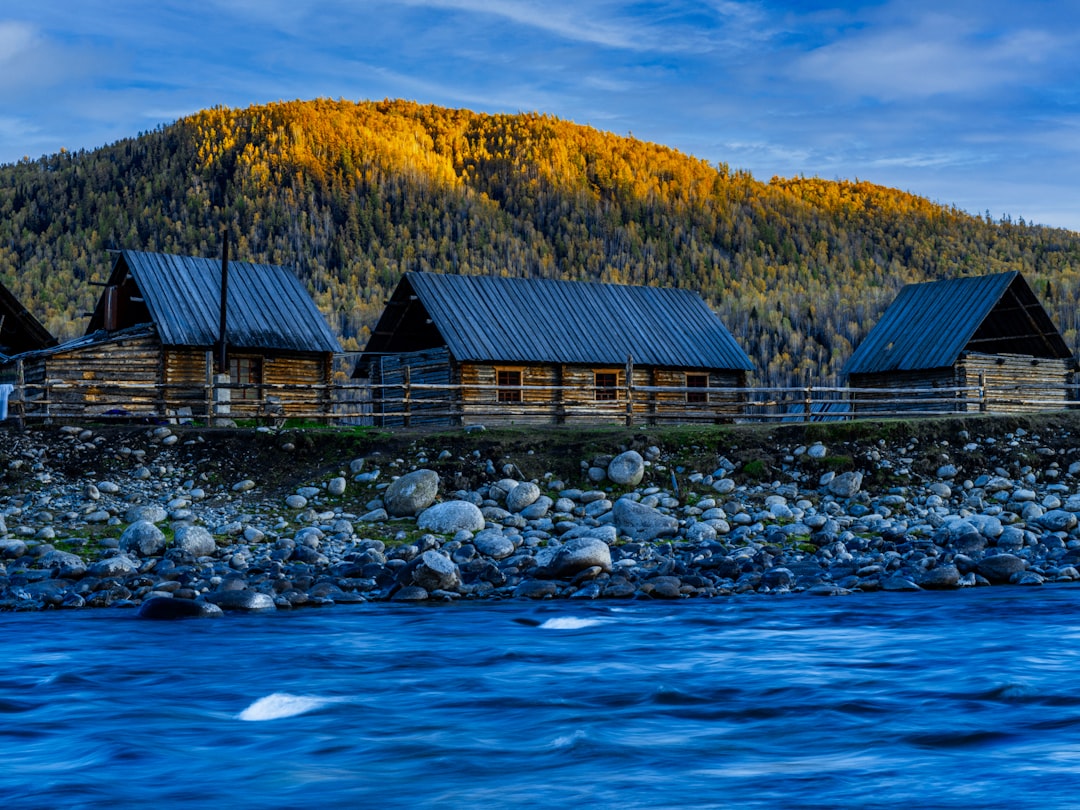
ATS applied for and was granted an award in September 2023 under the Tribal Broadband Connectivity Program (TBCP) on behalf of its Tribal members to construct the Alaska Tribal Network last mile. This represents a historic commitment to Indigenous communities that have been digitally isolated for generations. 98% of Alaska is covered by all licensees – ATS manages licenses for over 100 Tribes working together. The Alaska Tribal Spectrum organization has created something remarkable: a cooperative approach where tribes share resources and expertise. The Tribal 2.5 GHZ wireless spectrum makes possible a LTE 4G/5G capable last mile in every rural community. This isn’t just about internet – it’s about tribal sovereignty in the digital age.
Underwater Cables Connect the Impossible
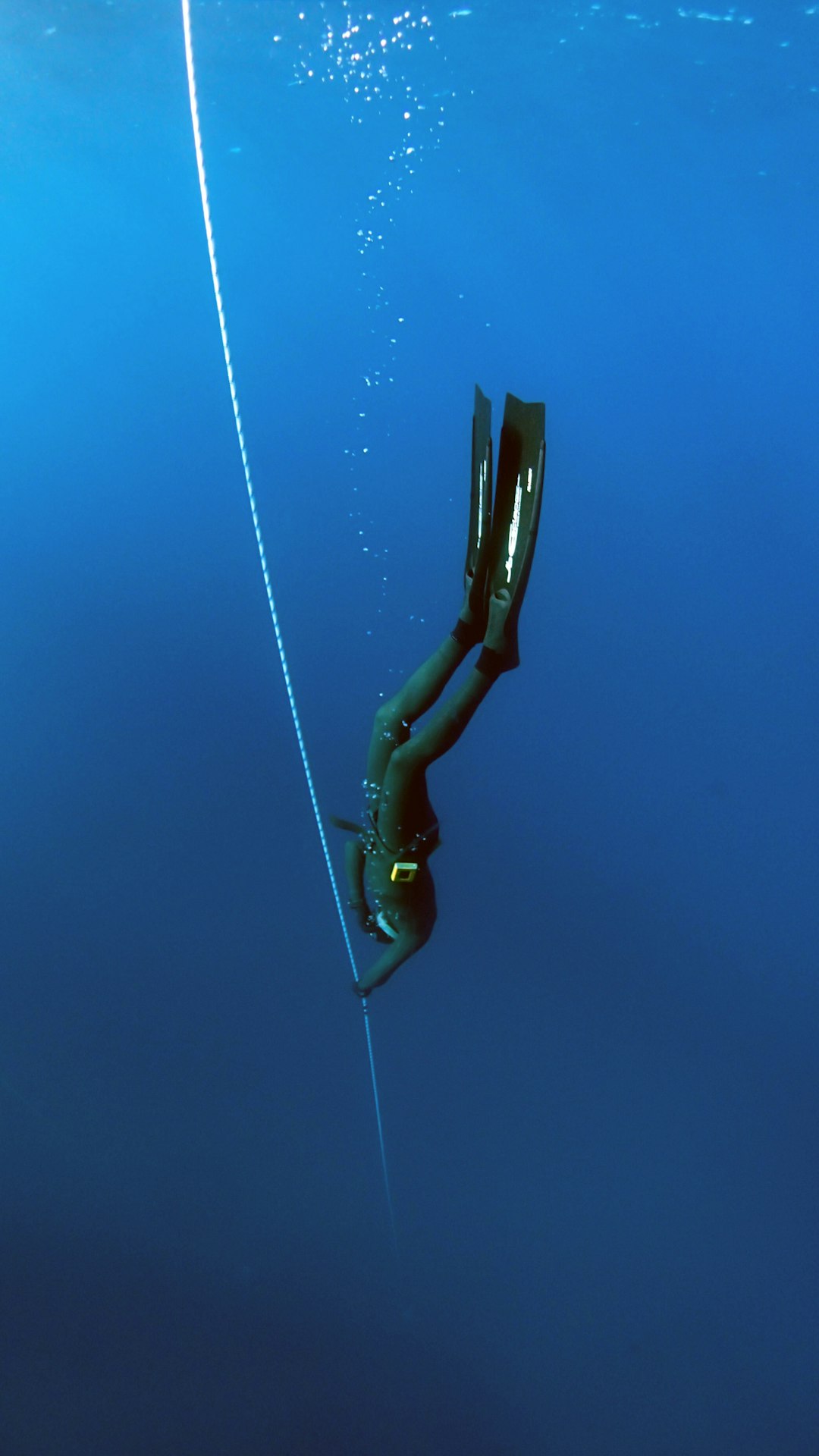
NTIA’s Enabling Middle Mile Broadband Infrastructure (Middle Mile) Program made history by greenlighting QSH Parent Holdco LLC’s $150 million Nome to Homer Express Route. This underwater fiber project sounds like science fiction, but it’s very real. This subsea fiber project will complete the circle of redundant fiber that rings Alaska’s 600,000 square miles of wilderness and harsh seas. For tens of thousands of Alaskans who are currently vulnerable to months of outages when fiber lines break, future downtime will be measured in milliseconds instead of months. Imagine living somewhere where a single cable break could leave you without internet for months – that’s been reality for many Alaskans. The grant money is paying to lay a 560-mile submarine fiber cable that will connect Cordova to Juneau. The cable has branches to smaller communities, including Pelican, creating a web of connectivity across impossible terrain.
Specific Villages Receive Major Investments
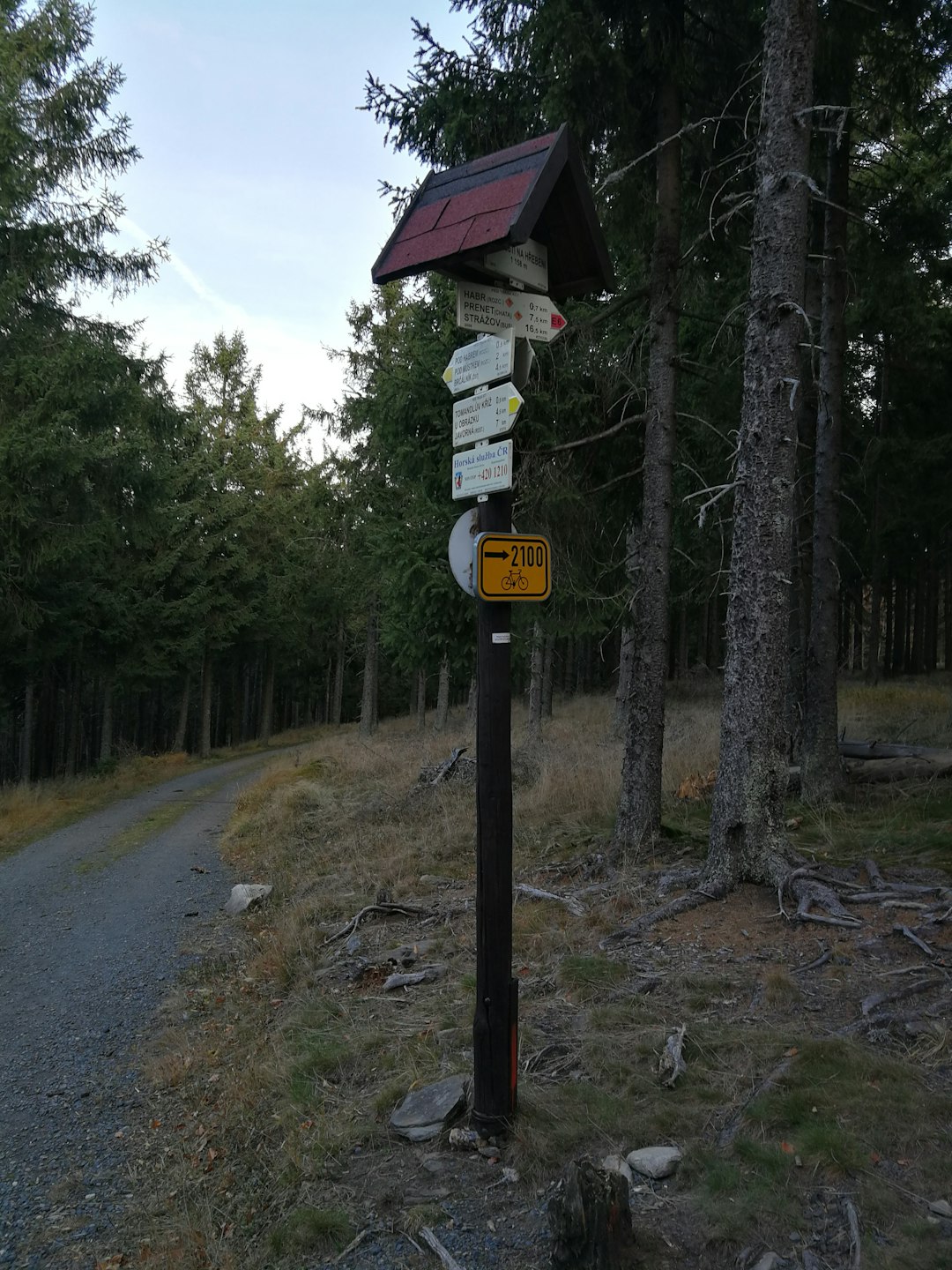
$35 million for Unicom Inc. for fiber connections to 1,472 people, 22 businesses and two educational facilities in the Bethel and Kusilvak census areas, including Emmonak, Toksook Bay and Tununak Alaska Native Village areas. These aren’t abstract statistics – they represent real families getting connected for the first time. $29.9 million for Bush-Tell Inc. for fiber connections to 697 people, 38 businesses and seven educational facilities in the Bethel and Yukon-Kuskokwim census areas shows how targeted these investments have become. Each project is carefully designed to maximize impact in specific communities. $34.9 million for Cordova Telephone Cooperative Inc. for fiber and wireless internet for 28 people, eight businesses and one educational facility in the Hoonah-Angoon Census Area. While 28 people might seem like a small number, the ripple effects through these tight-knit communities are enormous.
Education Gets a Digital Boost

The University of Alaska Fairbanks received $2.9 million through NTIA’s Connecting Minority Communities (CMC) Pilot Program to purchase hardware and software and to boost Internet speeds at rural campuses. This investment directly addresses educational inequality that has plagued rural Alaska for decades. In recent years, rural campuses in communities like Nome and Kotzebue benefited from access to fiber connections but have been unable to afford speeds greater than 10 Mbps. The upgrades will allow low-income Alaska Native and disadvantaged students to pursue technology careers through online classes. Students who once had to travel thousands of miles for education can now access world-class learning from their home communities. Think about what this means for a teenager in Nome who dreams of becoming a software engineer – suddenly, that dream becomes possible without leaving their cultural roots behind.
The Alaska Broadband Office Takes Charge

The Alaska Broadband Office (ABO) was created on August 9, 2022, when Governor Dunleavy signed Alaska House Bill 363 into law. This state-level coordination represents Alaska taking control of its digital destiny rather than waiting for federal agencies to figure things out. The Alaska Broadband Office conducted extensive Tribal consultations that brought both Tribal governments and Alaska Native Corporations to the table to better inform Alaska’s Broadband Equity, Access, and Deployment (BEAD) program planning. The office has become a bridge between federal funding and local needs, understanding that one-size-fits-all solutions don’t work in Alaska. “This approval means the State is on track to open the Alaska Broadband Grant Program Portal and begin accepting applications to expand the buildout of affordable broadband/internet to all unserved Alaskans. Alaskans can expect that portal to open in mid-December.”
Overcoming Geographic Challenges
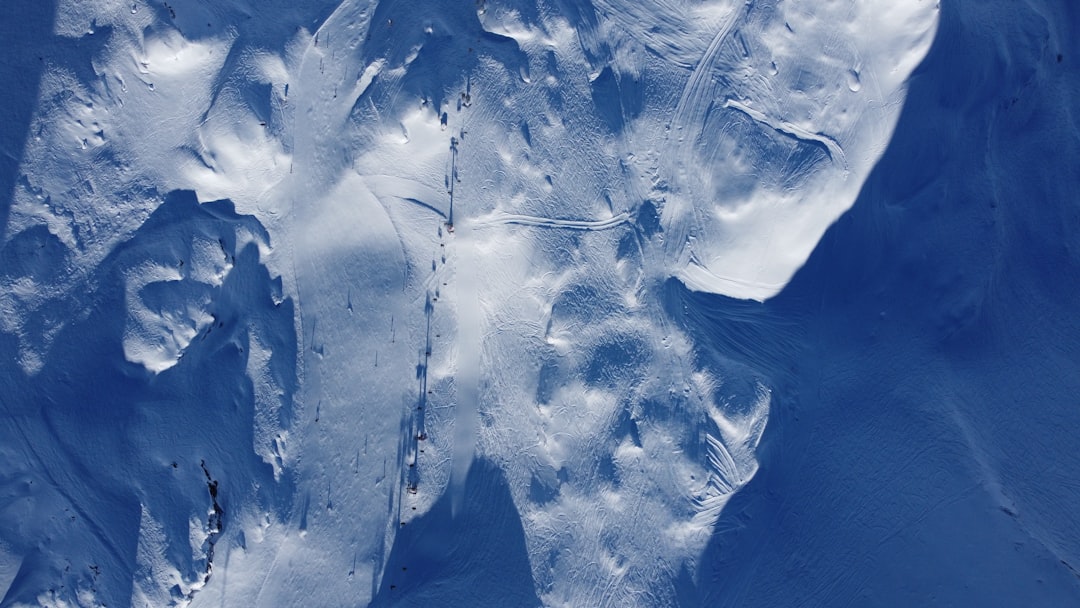
NTIA’s BEAD planning funds enabled the Alaska Broadband Office to analyze satellite imagery and accurately locate tens of thousands of additional homes not included in existing broadband mapping efforts. Alaska’s geography makes everything harder – from identifying where people actually live to getting equipment to them. Alaska’s rugged terrain and scattered population makes it difficult and often expensive to provide reliable internet to every rural community. The state is using cutting-edge technology just to figure out where to put the infrastructure. Through the hard work of the Federal Communications Commission (FCC), plus advocacy from countless partners, Alaska saw one of the largest broadband serviceable locations increases in the nation. Broadband maps now more closely reflect the diverse locations Alaskans call home. It’s like trying to deliver mail to addresses that don’t exist on any map – but Alaska is making it happen.
Breaking Barriers for Tribal Spectrum

In February, the FCC opened a priority window for Federally Recognized Native American Tribes and Alaska Native Villages on rural Tribal lands to claim the unlicensed Educational Broadband Service spectrum on their traditional lands. Licenses for the 2.5 GHz spectrum help Tribes establish and expand high-speed internet access. This policy change represents a fundamental shift in how America views tribal sovereignty over airwaves. Because all of Alaska’s Tribal entities applied for the licenses for these airwaves, none of Alaska’s spectrum will be auctioned off to the highest bidder. Alaska’s tribes moved fast and claimed what was rightfully theirs. Already 18 (and counting!) Alaska Native Tribal entities have been granted licenses. This isn’t just about technology – it’s about tribes controlling their own digital infrastructure.
Real Stories from Connected Villages
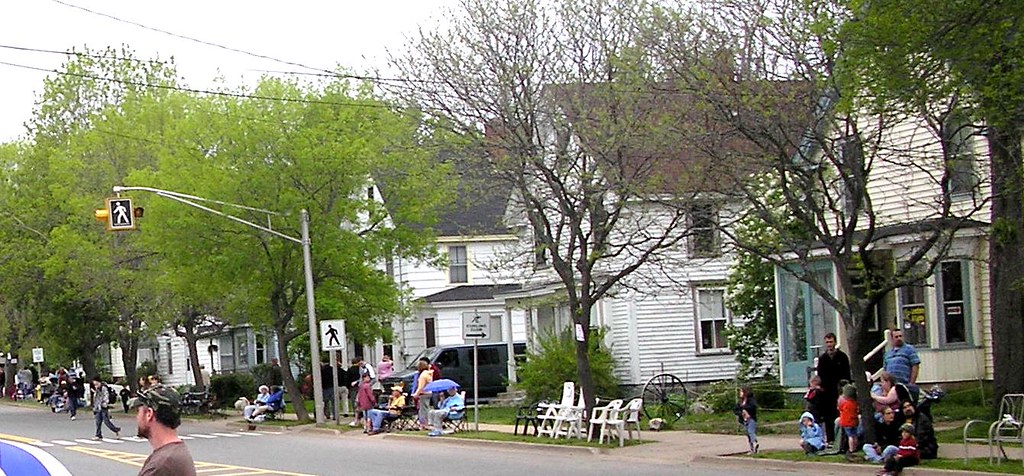
Shirley said the first challenge with the internet for her was the internet itself. She moved to Koyukuk in March of 2018, and didn’t get the internet until November. Her first roadblock to getting internet access was setting the satellite dish herself and taking an online class to learn how to complete the installation process. Shirley’s story shows how determined rural Alaskans are to get connected, even when it means becoming their own tech support. Shirley says her bill usually runs as much as $200 per month when the extra charges for additional data are factored in. These costs are crushing for many families, making current expansion efforts even more critical. Shirley said it can take her as long as three or four hours to watch one hour-long video, depending on internet speeds. Imagine trying to take an online college course under these conditions – yet people like Shirley persist.
Historic Firsts in Tribal Broadband
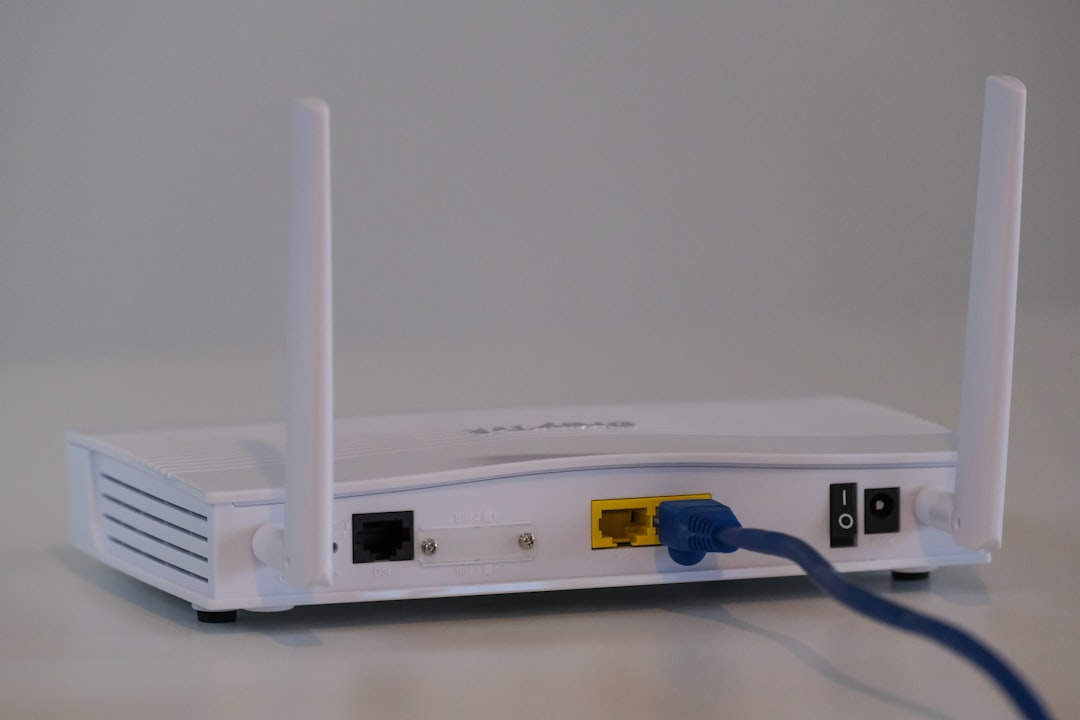
The Federal Permitting Improvement Steering Council (Permitting Council) is pleased to announce that segment one of the Alaska FiberOptic project has completed federal permitting and is now the first Tribal project to complete the FAST-41 program. This milestone might sound bureaucratic, but it represents years of legal and technical work finally paying off. This project will bring broadband infrastructure to Alaska Native Villages in one of the most rural and underserved regions in the country, where approximately 51% of the households live at or below the poverty line. The connection between poverty and lack of internet access isn’t coincidental – it’s a vicious cycle that this project aims to break. The Alaska FiberOptics project is one phase of a three-phase project that includes constructing a middle mile fiber optic network underwater and on land to support last mile high speed internet connections for 23 Alaskan Native Villages along the Yukon River.
Looking Beyond Just Internet Access
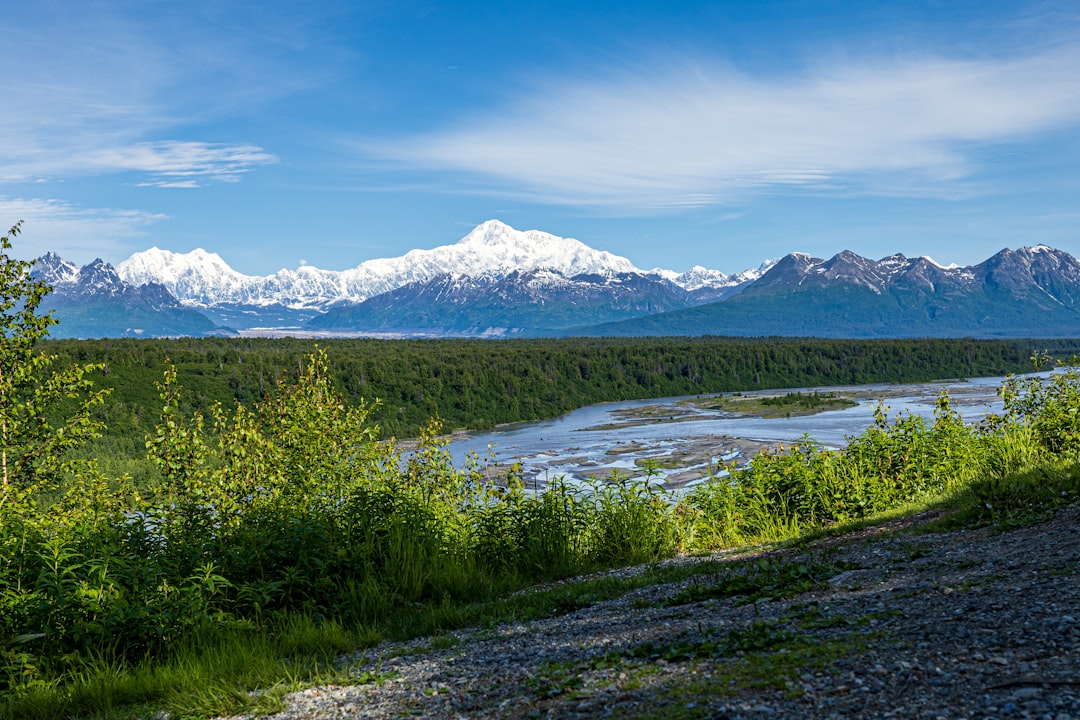
Additionally, sponsors expect this project to provide an essential tool for cultural survival, acting as a hub for language preservation, connecting youth and adults with culture-bearing Alaska Native elder mentors and networking resources. This is where broadband expansion becomes about more than just faster downloads – it’s about cultural preservation. He said the funding will help connect hundreds of households in 23 Alaska Native communities to state-of-the-art Internet service. When elders can video chat with young people who have moved to cities, when traditional stories can be shared digitally, when native languages can be taught online – the internet becomes a tool for cultural survival. Asked when Alaska Native villages might be connected to high-speed internet, Sullivan said he describes it as a five-year plan, though some areas will have connectivity before others. That timeline might seem long, but it’s lightning fast compared to how long these communities have waited for basic connectivity.
The Future of Connected Alaska
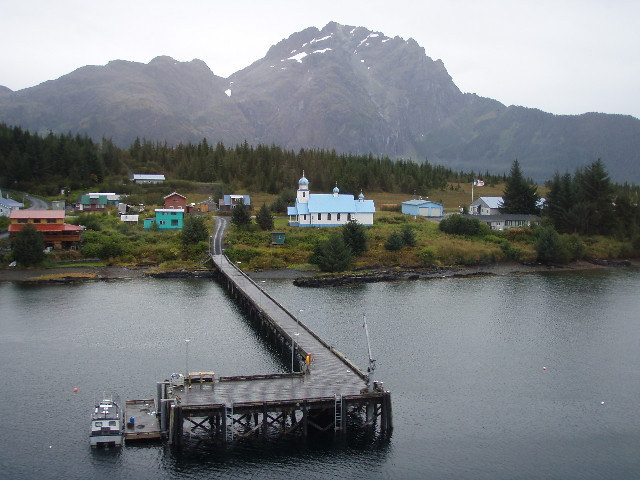
Alaska’s broadband expansion represents more than just infrastructure development – it’s about dignity, opportunity, and survival in the modern world. “Alaska is set to receive transformative infrastructure investments that are working to ensure all communities in our state have access to high-speed internet—and with today’s announcement, we know we’re one step closer in our work to connect all Alaskans.” The combination of federal funding, tribal cooperation, innovative technology, and state coordination has created a perfect storm of progress. While challenges remain enormous – from harsh weather destroying equipment to the simple logistics of reaching villages accessible only by plane – the momentum is undeniable. Villages that have been digitally isolated since the dawn of the internet age are finally getting their chance to join the connected world. What happens when every Alaska Native village has high-speed internet? We’re about to find out.

